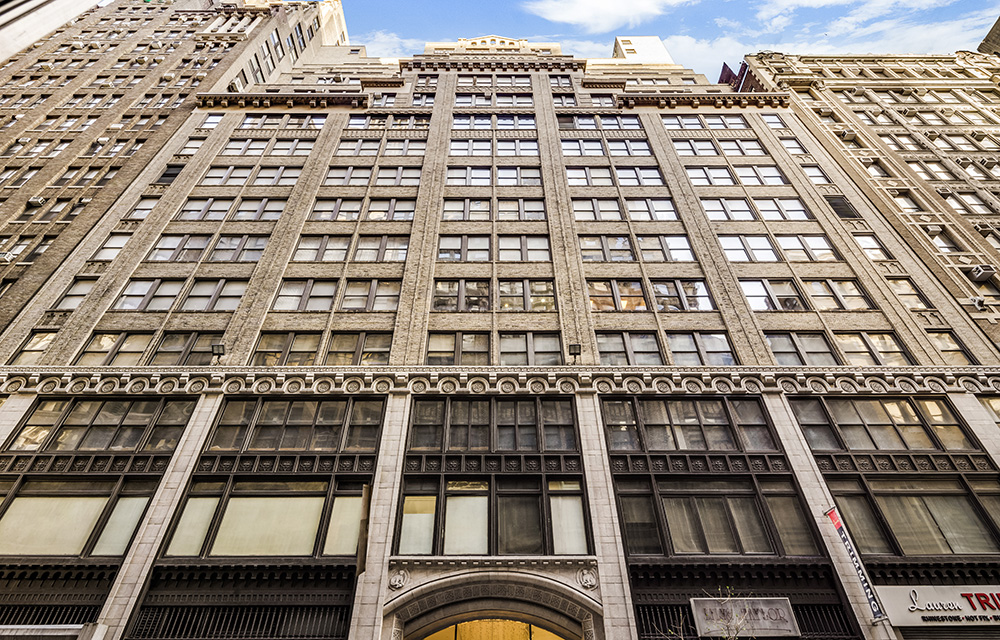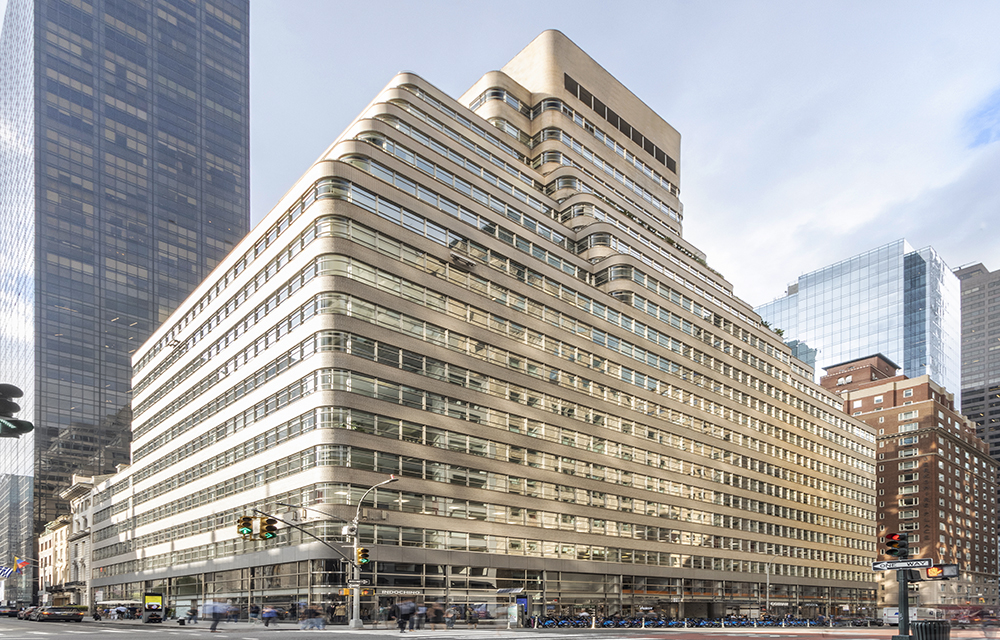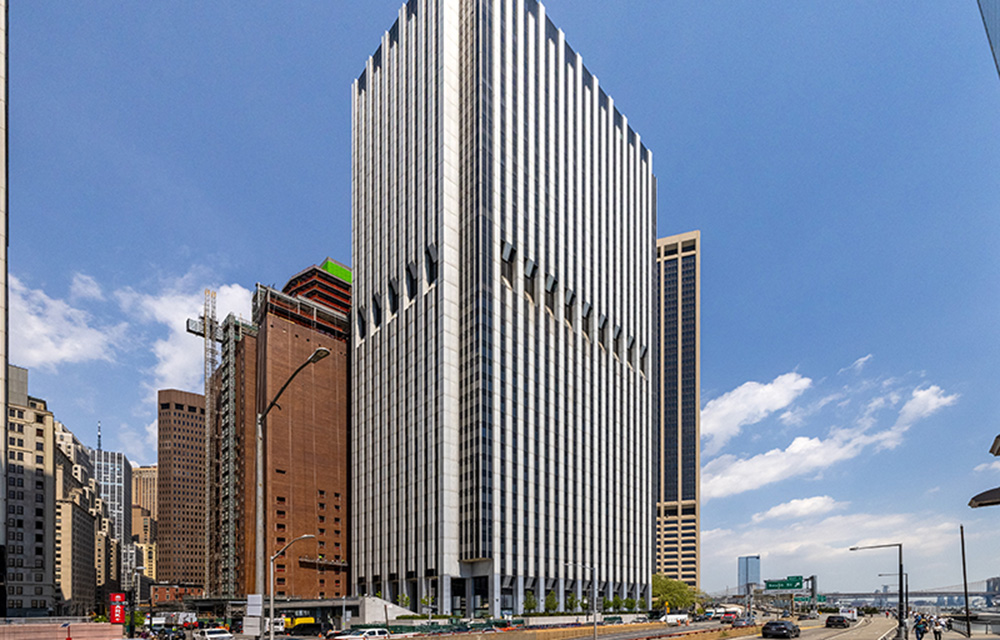The state of the NYC commercial mortgage market 18 months into the COVID-19 health crisis - by Michael Zysman

The current commercial mortgage market in New York City is the most attractive it has ever been for borrowers taking out new loans on quality assets. Mortgage rates are at historic lows and cash outs for quality stabilized assets are the norm, considering the world has not yet fully recovered from the COVID-19 health crisis. Much of the optimism from lenders is due to the governments quick and rapid response to the financial needs of both affected citizens and the overall financial system. As discussed in previous articles I have written, Dodd-Frank and its subsequent updates have given the government many of the tools necessary to protect its citizens from the financial traumas caused by the Global Financial Crisis. To date, the Government has done a good job helping lessen the financial suffering caused by the COVID-19 pandemic by instituting the CARES Act, supporting the capital markets and the banking system through tools given to it by Dodd-Frank, and other emergency actions. These actions have given lenders confidence to lend in a healthy way since they understand the government is committed to providing financial solvency to its citizens and capital markets during times of economic upheaval.
The multifamily, industrial, and other non-obsolete commercial real estate sectors have performed relatively well throughout the COVID-19 health crisis. These sectors have strong lender demand for both construction and stabilized loans. Functionally obsolete office, retail and hotel assets have much less demand from lenders. Fitch Ratings anticipates that office property values will decrease 44.5% on average if office workers are allowed to work from home 1.5 days per week on average in a post pandemic world. Obsolete office properties will most likely bear the brunt of that value decrease. Luckily, there are plenty of attractive bridge and construction loan options for owners of functionally obsolescent properties who have plans to reposition their assets to more profitable uses. Owners of these properties that do not have repositioning plans may fall victim to foreclosure, will need to bring new equity to the table to refinance their in-place debt, or take on expensive loan options.
During the Global Financial crisis more than 8 million families lost their homes and commercial real estate investors lost billions of dollars due to foreclosure. This devastated municipalities that had weak foreclosure protections. New York is a judicial foreclosure state and a judge’s decision is required prior to a lender foreclosing on a property. Statutory law, case law, and public policy influence judges’ decisions and it can take upwards of 5 years for lenders to foreclose on a property in New York, especially if borrowers make best efforts to pay their mortgages in periods of financial distress. This policy has helped New York’s real estate market quickly recover after periods of recession, since real estate investors are able to preserve their equity investments, and a glut of foreclosed properties are prevented from coming to market. This backstop decreases the inherent risk of New York City real estate which gives lenders further confidence that market values will be maintained when lending to quality properties with strong sponsorship.
Inflation has increased to 5.4% annual rate as of June 2021 according to the US Bureau of Labor Statistics. Conventional thought is that periods of high inflation are good for commercial real estate since inflation leads to higher rents and asset prices. This holds true as long as interest rates on long-term loans continue to stay low. Historically, interest rates have increased during periods of inflation to maintain positive real interest rates. These interest rate increases generally take away much of the investment return increases gained from inflation. Due to the Federal Reserve’s policy to keep rates low for the long term, real estate owners and investors of quality real estate will most likely have outsized returns due to these policies. This further supports the mortgage markets since lenders can anticipate that LTVs will decrease and DSCRs will increase over time on their long-term loan portfolios on quality real estate due to effects of the Federal Reserve’s policy.
As long as the US Government continues to keep its citizens and capital markets solvent until the financial effects the COVID-19 health crisis dissipates, we will continue to see strong lender demand for quality real estate in New York City. If the government tapers its programs too quickly, there will be an increased probability of catastrophic shocks to the financial markets and the average American. Since the Global Financial Crisis, the Government has done everything possible to give stability to the financial markets and overall economy. This policy has survived multiple administrations and will likely continue far into the future. If this policy projection holds true, quality real estate should continue to be a great investment class with limited distressed opportunities.
Michael Zysman is a managing principal at City Bay Capital LLC, New York, N.Y.
Meridian Capital Group arranges 10-year retail lease for Mess at 236 West 10th St.


Lasting effects of eminent domain on commercial development - by Sebastian Jablonski

AI comes to public relations, but be cautious, experts say - by Harry Zlokower

Behind the post: Why reels, stories, and shorts work for CRE (and how to use them) - by Kimberly Zar Bloorian









.jpg)

.gif)